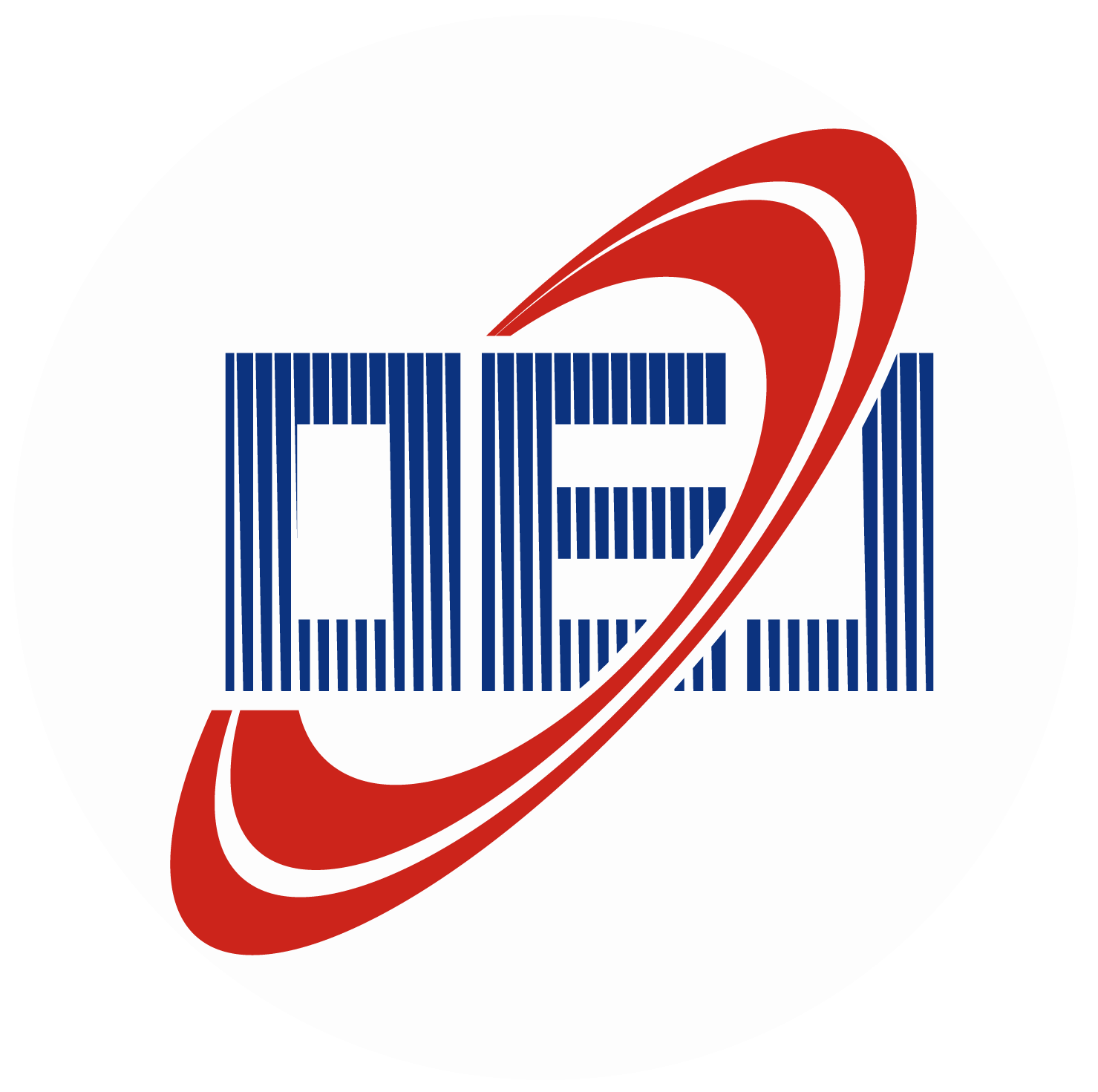Abstract:
The surface defects of solar cells exhibit significant intra-class differences, minor inter-class differences, and complex background features, making high-precision identification of surface defects a challenging task. This paper proposes a Convolutional -Vision Transformer Network (CViT-Net) that combines local and global features to address this issue. First, a Ghost-Convolution two-fusion (G-C2F) module is used to extract local features of the solar cell panel defects. Then, a coordinate attention mechanism is introduced to emphasize defect features and suppress background features. Finally, a Ghost-Vision Transformer (G-ViT) module is constructed to fuse local and global features of the solar cell panel defects. Meanwhile, CViT-Net-S and CViT-Net-L network structures are provided for low-resource and high-resource environments. Experimental results show that compared to classic lightweight networks such as MobileVit, MobileNetV3, and GhostNet, CViT-Net-S improves the classification accuracy of solar cell panels by 1.4%, 2.3%, and 1.3%, respectively, and improves the mAP50 for defect detection by 2.7%, 0.3%, and 0.8% respectively. Compared to ResNet50 and RegNet, CViT-Net-L enhances the classification accuracy by 0.72% and 0.7%, respectively, and improves the mAP50 for defect detection by 3.9% and 1.3%, respectively. Compared to advanced YOLOV6, YOLOV7, and YOLOV8 detection networks, CViT-Net-S and CViT-Net-L structures, as backbone networks, still maintain good detection performance in terms of mAP and mAP50 metrics, demonstrating the application value of the proposed algorithm in the field of solar cell panel surface defect detection.


 E-mail Alert
E-mail Alert RSS
RSS


